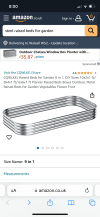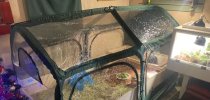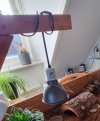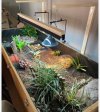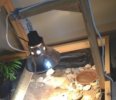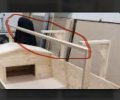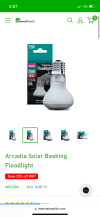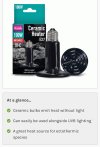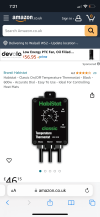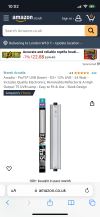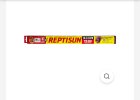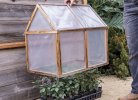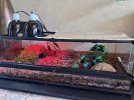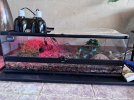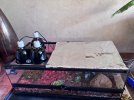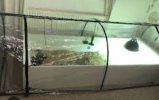archie2024
New Member
Hi! My name is Mia and I’m a new owner of a Red Foot Tortoise. His name is Archie and he’s around 6 months old and 2.5 inches long. I’m here to learn everything I can to give him the happiest healthiest life possible! He’s currently in 3x2 terrarium with a coco husk substrate. His temp is around 85-90 on the hot end and the cold end is around 75. I have a humidifier with a hose in the tank which keeps the humidity high around 95-99 when on but I’ve been keeping it off at night (I’m not sure if this is too high). We’re trying new foods to see what he likes to eat but his favorites so far are dandelion greens and blueberries.
Please let me know if there’s anything you may suggest - especially for humidity and food suggestions to make sure they have a balanced diet!

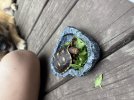
Please let me know if there’s anything you may suggest - especially for humidity and food suggestions to make sure they have a balanced diet!


